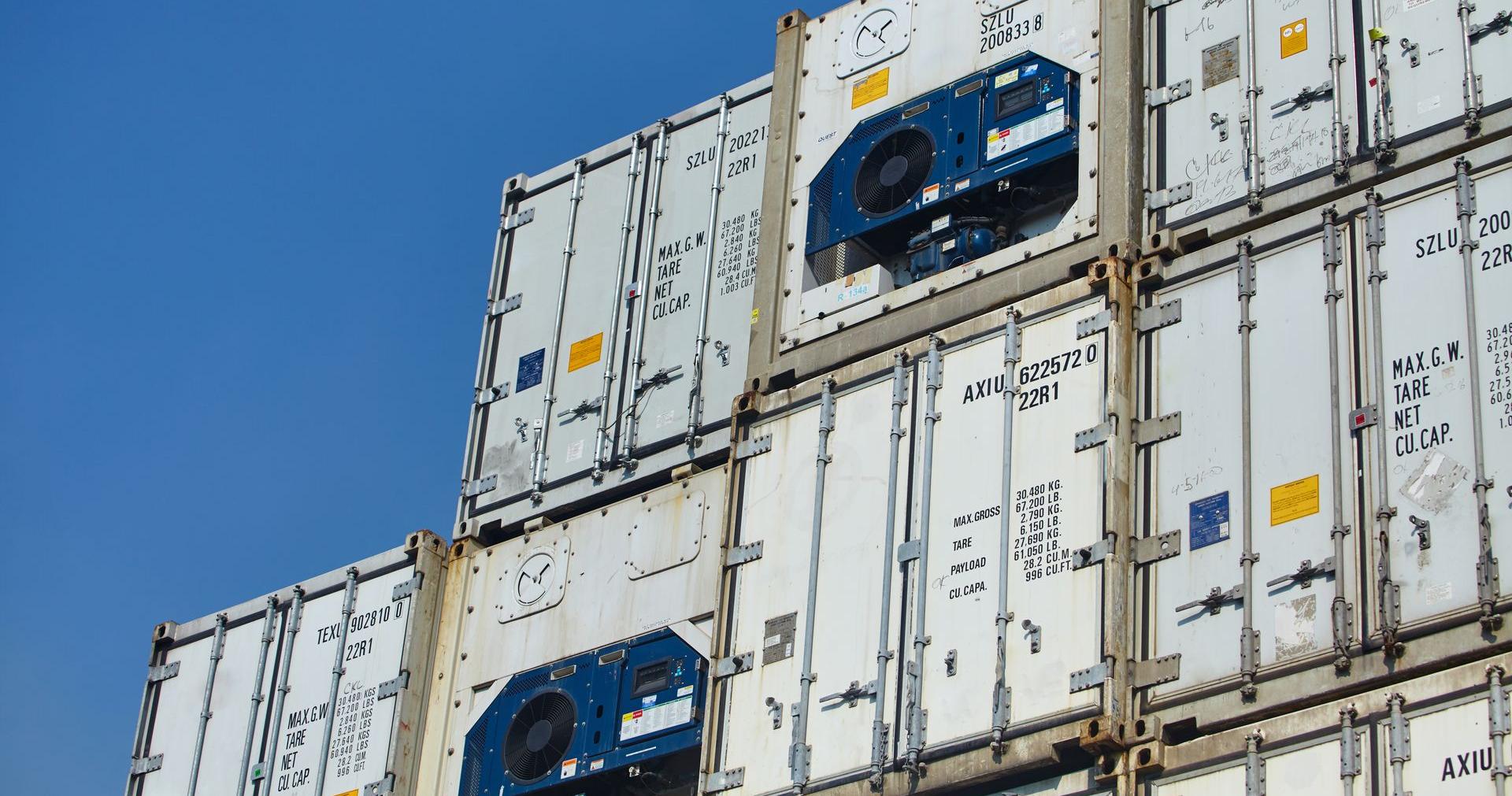The Evolution of Cold Chain Logistics: Ensuring Product Integrity
The cold chain logistics industry has undergone significant evolution over the years, playing a critical role in ensuring the integrity and safety of temperature-sensitive products during transportation and storage. From humble beginnings to cutting-edge technologies, let's explore how cold chain logistics has evolved to meet the demands of modern supply chains.
What are Cold Chain Products?
Cold chain products refer to goods that require temperature-controlled storage and transportation to maintain their quality, efficacy, and safety. These products are typically perishable and sensitive to temperature fluctuations, making them susceptible to spoilage, degradation, or loss of potency if not handled properly. Common examples of cold chain products include fresh produce, dairy products, meat and poultry, seafood, vaccines, pharmaceuticals, biologics, and certain chemicals.
The Three Main Components of Cold Chain:
1- Temperature-Controlled Storage:
Temperature-controlled storage facilities play a crucial role in the cold chain by providing the necessary environment to preserve the quality and safety of perishable goods. These facilities are equipped with refrigeration systems that maintain precise temperature levels, ensuring that products remain within the required temperature range throughout their storage period. Temperature-controlled storage facilities come in various forms, including cold rooms, refrigerated warehouses, and reefer containers, each tailored to specific product requirements.
2- Refrigerated Transportation:
Refrigerated transportation is another essential component of the cold chain, responsible for transporting temperature-sensitive goods from production facilities to distribution centers, and ultimately to end consumers. Refrigerated trucks, vans, ships, and airplanes are equipped with refrigeration units that regulate temperature levels during transit, preventing temperature fluctuations that could compromise product quality. This ensures that perishable goods, such as fresh produce, dairy products, and vaccines, reach their destination in optimal condition.
3- Temperature Monitoring:
Temperature monitoring is a critical aspect of cold chain logistics, as it allows stakeholders to track and maintain the temperature integrity of perishable goods throughout the supply chain. Advanced temperature monitoring systems, such as data loggers and real-time monitoring devices, are used to continuously monitor temperature levels during storage and transportation. These systems provide real-time alerts and notifications in the event of temperature deviations, enabling swift corrective actions to prevent product spoilage or damage.

Origins of Cold Chain Logistics:
Cold chain logistics traces its roots back to ancient times when people used natural ice and underground storage facilities to preserve perishable goods. The advent of refrigeration in the 19th century marked a significant milestone, allowing for the mass transportation of temperature-sensitive products over long distances.
Cold Chain Refrigeration and Technology:
The development of mechanical refrigeration systems in the early 20th century revolutionized cold chain logistics. Refrigerated trucks, containers, and warehouses enabled the transportation and storage of perishable goods on a large scale, expanding global trade in food and pharmaceuticals.
Integration of Technology:
In recent years, technological innovations have transformed cold chain logistics. Advanced temperature monitoring devices, GPS tracking systems, and cloud-based software solutions have enhanced visibility and control over temperature-sensitive shipments. Real-time data analytics enable proactive decision-making and risk management, minimizing the risk of temperature excursions and product spoilage.
Importance of Cold Chain Logistics in Logistics Management:
1- Ensuring Product Quality and Safety:
The primary objective of cold chain logistics is to preserve the quality and safety of temperature-sensitive products throughout the supply chain. By maintaining precise temperature control from production to consumption, cold chain logistics minimizes the risk of product spoilage, contamination, and degradation, ensuring that consumers receive high-quality and safe products.
2- Reducing Food Waste:
Cold chain logistics helps reduce food waste by extending the shelf life of perishable goods and minimizing product losses due to spoilage or damage. By optimizing temperature control and implementing efficient logistics practices, cold chain logistics enables companies to minimize waste throughout the supply chain, contributing to sustainability efforts and reducing environmental impact.
3- Meeting Regulatory Requirements:
Many industries, particularly the food and pharmaceutical sectors, are subject to stringent regulatory requirements governing the transportation and storage of temperature-sensitive products. Cold chain logistics helps companies comply with these regulations by providing the necessary infrastructure and processes to maintain temperature integrity and ensure product safety. Compliance with regulatory requirements is essential for businesses to avoid fines, penalties, and reputational damage.
4- Promoting sustainability:
The cold chain industry has also embraced sustainability initiatives to minimize its environmental impact. From energy-efficient refrigeration systems to eco-friendly packaging materials, companies are striving to reduce carbon emissions and waste throughout the supply chain. Innovations such as blockchain technology are being explored to enhance transparency and traceability, further ensuring product integrity and sustainability.
Regulatory Standards and Quality Assurance:
With the growth of the cold chain industry came the need for regulatory standards and quality assurance measures. Regulatory bodies and industry organizations established guidelines for temperature control, monitoring, and documentation to ensure product safety and compliance with food and drug regulations.
Future Trends and Challenges:
Looking ahead, cold chain logistics is poised for continued growth and innovation. The rise of e-commerce and direct-to-consumer delivery models presents new opportunities and challenges for cold chain providers. Meeting the evolving demands of consumers while maintaining product quality and safety will require ongoing investment in technology, infrastructure, and workforce training.
the evolution of cold chain logistics has been characterized by technological advancements, regulatory compliance, and a growing focus on sustainability. By leveraging innovative solutions and best practices, stakeholders in the cold chain industry can ensure the integrity of temperature-sensitive products while meeting the demands of a rapidly changing global marketplace.
The Evolution of Cold Chain Logistics: Ensuring Product Integrity